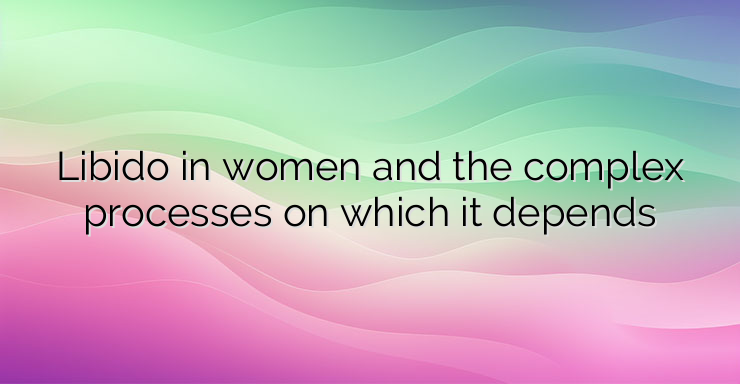Hey there! Let’s talk about something that affects many women: low libido. It’s a real issue that can stem from various factors like stress at work, relationship problems, or changes in hormone levels. Libido, simply put, is your sexual desire. For women, it’s not just about physical issues like erectile dysfunction in men. It’s a complex mix of mental, social, and physical factors.
Now, let’s dive into hormones. Estrogens, the female sex hormones, are key players in sexual desire. Studies show that libido tends to peak during the preovulatory phase of the menstrual cycle when estrogen levels are higher. But when estrogen levels drop, problems like vaginal dryness and pain during sex can occur due to a condition called vulvovaginal atrophy.
Androgens, though in lower amounts than in men, also contribute to women’s sexual desire. They work together with estrogens to boost arousal. As we age, our hormone levels naturally decline, leading to a decrease in libido. Menopause and the reduction of hormone production by the ovaries and adrenal glands play a big role here.
But it’s not just about hormones. The nervous system also has a say in libido. Our environment and relationships matter too. The central and autonomic nervous systems play roles in sexual arousal, with sympathetic activity maintaining desire and parasympathetic activity aiding in arousal at the physical level.
When it comes to the genital organs, women and men aren’t so different after all. Physiological processes leading to arousal and orgasm are similar. Problems like spinal issues or vascular diseases can affect sexual arousal in both men and women.
Other factors can also impact libido. Relationship problems, stress at work, or health issues like depression or thyroid disorders can all play a part. So, it’s essential to address all aspects when dealing with low libido.


Leave a Reply